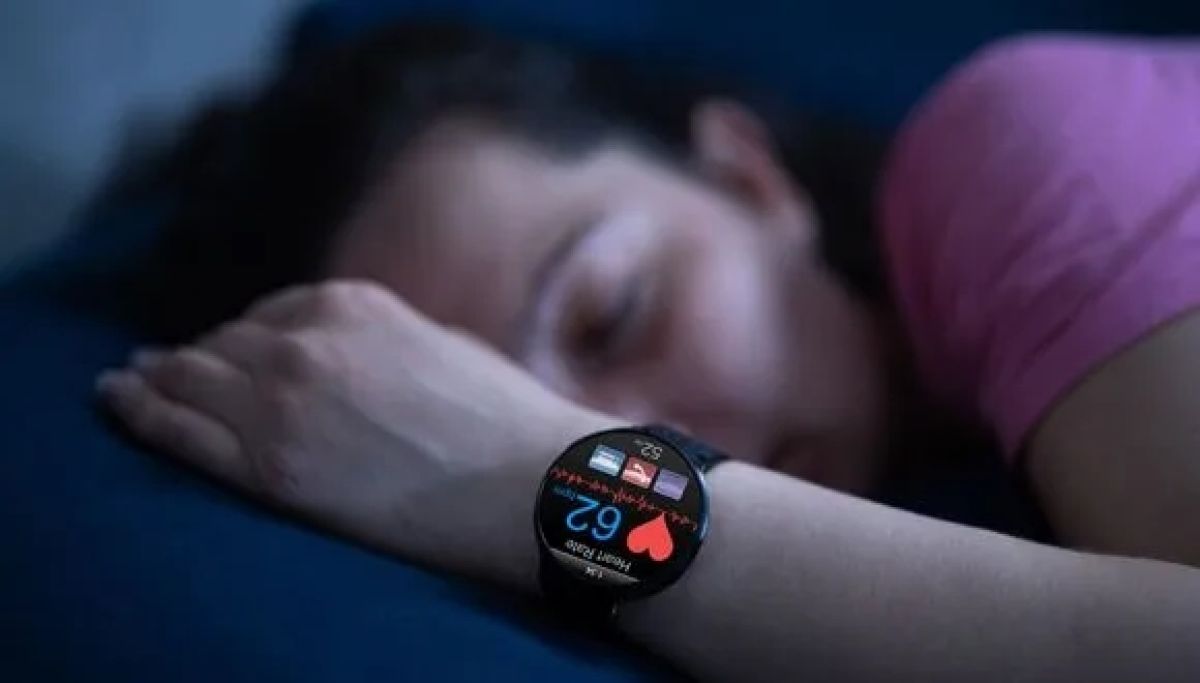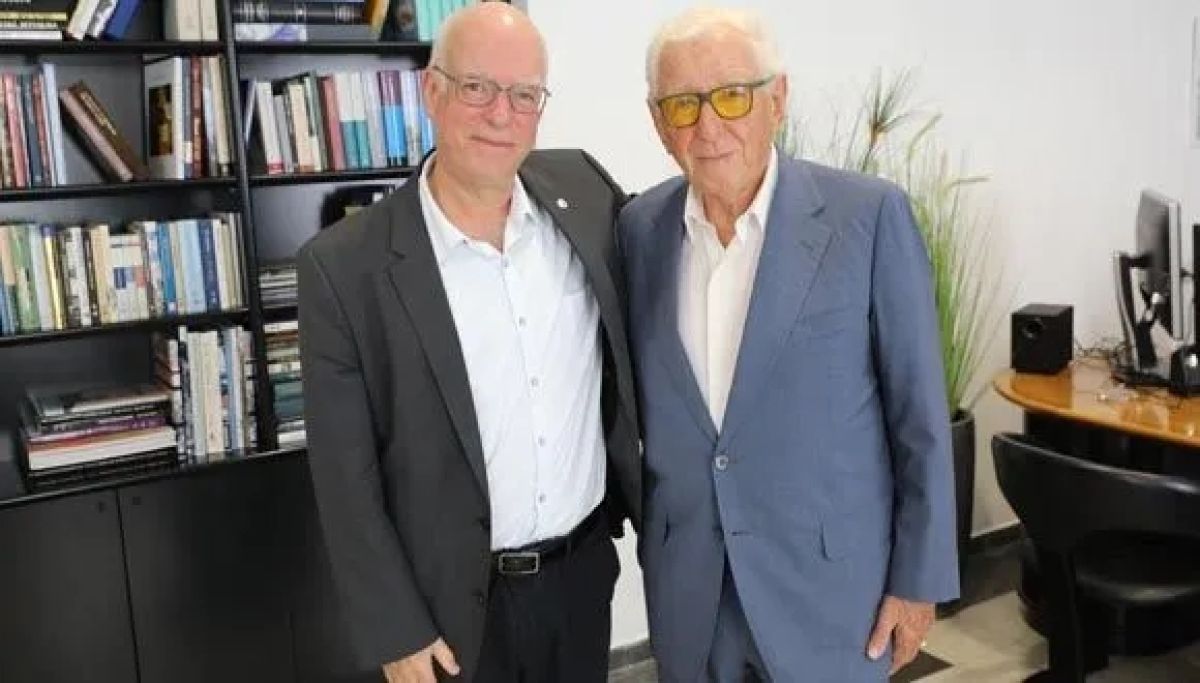Researchers use Smartwatches to Measure Safety of COVID Vaccine
Tel Aviv University researchers monitored the physiological data of close to 5,000 Israelis over two years.
In a first-of-its-kind study, researchers at Tel Aviv University equipped close to 5,000 Israelis with smartwatches and monitored their physiological parameters over two years. Of those monitored, 2,038 received the booster dose of the coronavirus vaccine, allowing the researchers to objectively compare measures before and after the participants took the vaccine, and confirm its safety.
In addition, in collaboration with the Kahn Sagol Maccabi Research & Innovation Center (KSM – the research and innovation institute of the Israeli Maccabi Healthcare Services), the researchers examined the safety of the booster by analyzing the medical files of 250,000 members of Maccabi Health Services anonymously (without identifying details) and with the approval of the Helsinki Committee. From the analysis of this large amount of data, the researchers were able to evaluate the safety of the vaccines from three perspectives: subjectively – what the participant reports, objectively – what the watch detects, and clinically – what the doctor diagnoses.
“We saw clear and significant changes after administration of the vaccine (…) and then we saw a return to the participant’s baseline, i.e., the pulse levels after vaccination returned to their previous levels after six days. Hence, our study confirms the safety of the vaccine.” Prof. Dan Yamin
Confirming the Safety of the Vaccine
The research was carried out by PhD student Matan Yechezkel under the supervision of Prof. Dan Yamin, Head of the Laboratory for Epidemic Research and led in collaboration with Prof. Erez Shmueli, Head of the Big Data Laboratory, all from The Iby and Aladar Fleischman Faculty of Engineering at Tel Aviv University. Other collaborators were Dr. Tal Patalon and Dr. Sivan Gazit, Director and Deputy Director, respectively, of KSM, as well as Dr. Amichai Painsky and Ms. Merav Mofaz from Tel Aviv University. The results of the research were published in the prestigious journal, Lancet Respiratory Medicine.
As Prof. Yamin explains: “We wanted to test the safety of booster vaccines against the coronavirus. We conducted a large-scale, two-year clinical study during which we equipped 4,698 Israelis with smartwatches. The smartwatches were used to monitor several parameters such as heart rate, variation in heart activity, quality of sleep, number of daily steps taken, and more. In addition, the participants were asked to fill out daily questionnaires about their health status in a customized application that we developed. Finally, we analyzed data on potential unusual events from the medical files of a quarter of a million randomly selected, anonymous, insured members of the Maccabi Health Services.”
Since the medical file contains the date the booster vaccine was administered, researchers were able to compare the condition of the vaccinated patient with his/her baseline condition from 42 days before receiving the vaccine to the condition of 42 days after receiving the vaccine. The data was obtained from the questionnaires, smartwatches, and records of the Maccabi Health Fund.

Prof. Dan Yamin
“We saw clear and significant changes after administration of the vaccine, such as an increase in heart rate compared to the pulse rate measured before vaccination,” says Prof. Yamin, “and then we saw a return to the participant’s baseline, i.e., the pulse levels after vaccination returned to their previous levels after six days. Hence, our study confirms the safety of the vaccine.”
“The research also allowed us to compare subjective and objective indicators and medical diagnosis of the same participant who received the first booster and a few months later the second booster,” explains Prof. Yamin and adds, “We found no difference in the physiological response recorded by the smartwatches and that reported by the participant in the app.”
“The smartwatch sensors ‘felt’ that the vaccine was safe, the vaccinee himself reported that the vaccine was safe, and finally, the doctors determined that the vaccine was safe. The results of the study have far-reaching implications regarding objective testing of vaccine safety in the future.” Prof. Dan Yamin
Far-reaching Implications
In the medical literature, twenty-five unusual side effects attributed to the Corona vaccine were reported, and the researchers paid special attention to look for rare cases of inflammation of the heart muscle (myocarditis) and pericarditis. Prof. Yamin and his colleagues checked the frequency of these unusual side effects among a quarter of a million Maccabi members and found no increase in serious incidents of any kind associated with vaccination.
Prof. Yamin concludes: “If the watch reports any minor changes in the muscles, and the participant reports only significant changes he feels, the medical file tells us about unusual events diagnosed by the doctors as well as hospitalizations that may be related to vaccinations, with an emphasis on cardiac events. We did a comprehensive analysis of all those twenty-five unusual side effects, and we did not see an increase in their incidence among those receiving the booster. We found the vaccine to be safe to use. The smartwatch sensors ‘felt’ that the vaccine was safe, the vaccinee himself reported that the vaccine was safe, and finally, the doctors determined that the vaccine was safe. The results of the study have far-reaching implications regarding objective testing of vaccine safety in the future.”













